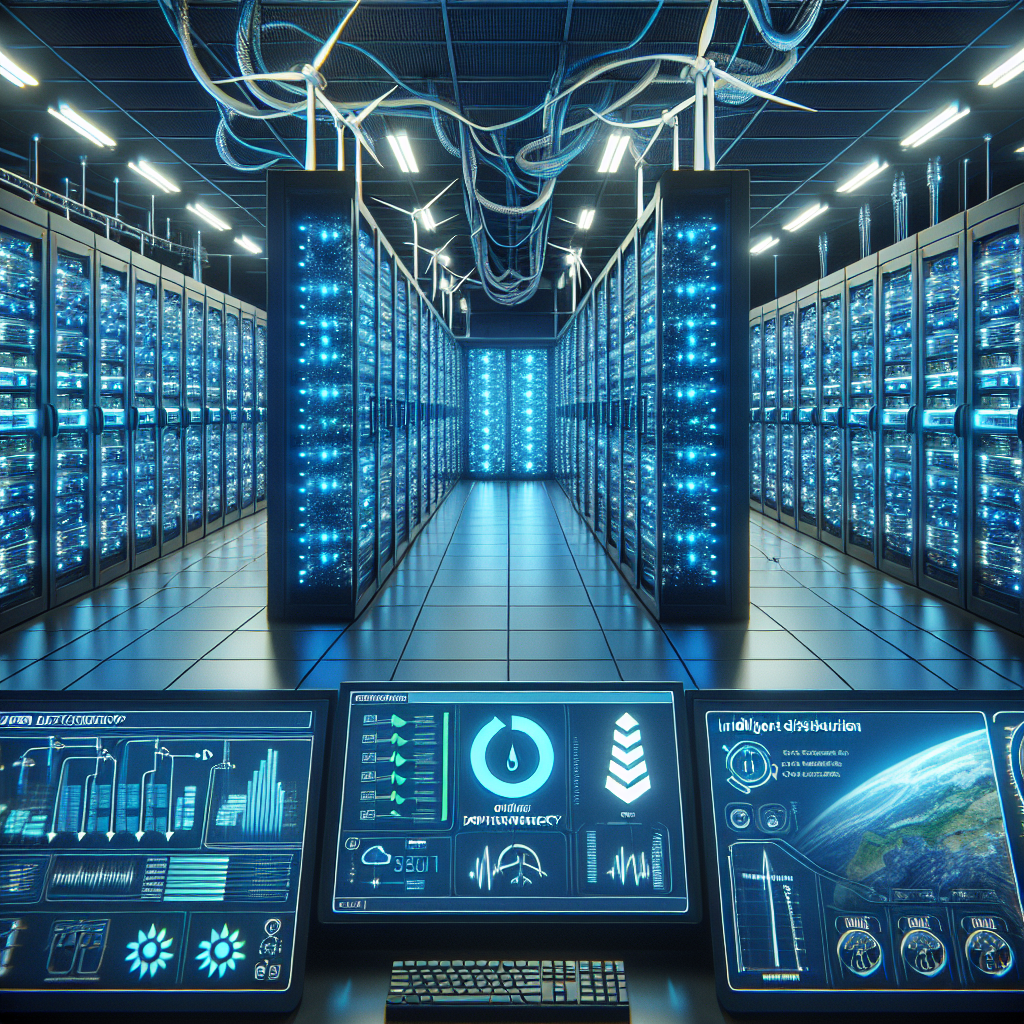Data centers are crucial for storing, processing, and managing large amounts of data in today’s digital age. However, they are also notorious for consuming massive amounts of energy. According to a report by the U.S. Department of Energy, data centers account for about 2% of the total electricity consumption in the United States. This has led to a growing concern about the environmental impact of data centers and the need to optimize energy efficiency in these facilities.
One way to reduce energy consumption in data centers is through smart power distribution. Smart power distribution involves the use of advanced technologies and strategies to monitor and control the flow of electricity within the data center. By implementing smart power distribution systems, data center operators can achieve significant energy savings and reduce their carbon footprint.
One key component of smart power distribution is the use of intelligent power distribution units (PDUs). These devices monitor and regulate the power usage of individual servers and networking equipment in the data center. By dynamically adjusting power distribution based on real-time demand, intelligent PDUs can help optimize energy efficiency and prevent overloading of electrical circuits.
Another important aspect of smart power distribution is the use of energy management software. This software allows data center operators to track energy usage, identify inefficiencies, and implement energy-saving measures. By analyzing data on power consumption and equipment performance, operators can make informed decisions to improve energy efficiency and reduce operating costs.
In addition to intelligent PDUs and energy management software, data center operators can also implement other smart technologies such as virtualization, server consolidation, and thermal management systems. Virtualization allows multiple virtual servers to run on a single physical server, reducing the overall energy consumption of the data center. Server consolidation involves consolidating multiple servers onto a smaller number of more powerful servers, which can lead to energy savings.
Thermal management systems help regulate the temperature and humidity levels in the data center, which can also contribute to energy efficiency. By maintaining optimal environmental conditions, data center operators can reduce the energy required for cooling and improve the overall efficiency of the facility.
In conclusion, optimizing energy efficiency in data centers through smart power distribution is essential for reducing energy consumption, lowering operating costs, and minimizing the environmental impact of these facilities. By implementing intelligent PDUs, energy management software, and other smart technologies, data center operators can achieve significant energy savings and create a more sustainable infrastructure for storing and managing data.


Leave a Reply